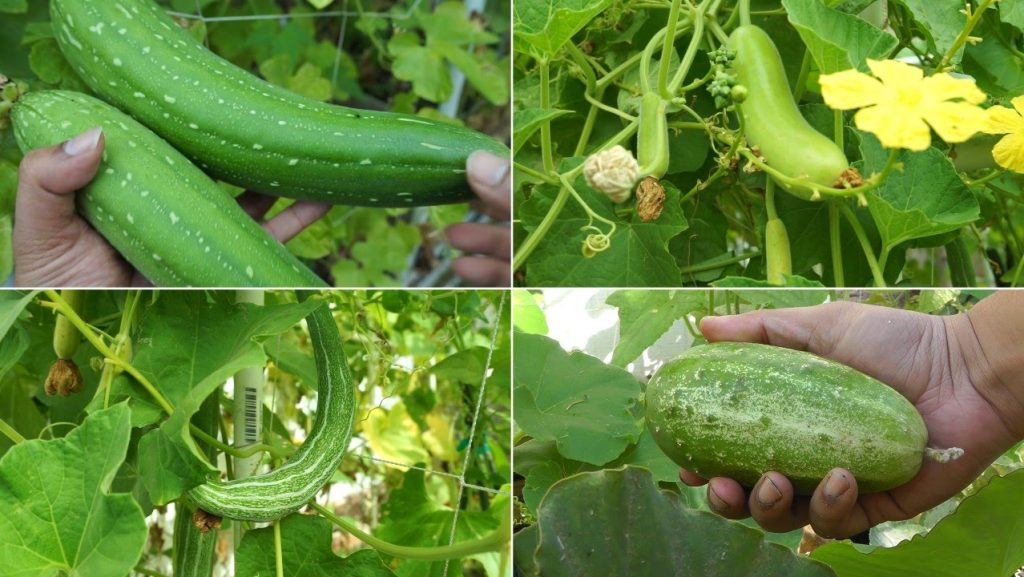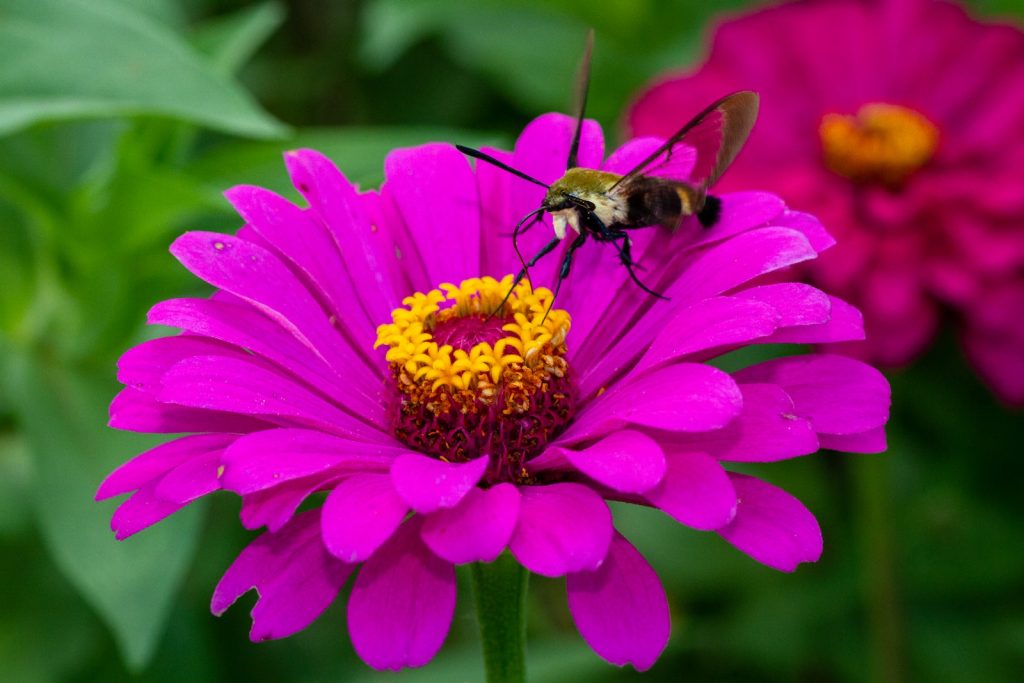Zygophyllaceae - Tribulus Terrestris

Although Tribulus Terrestris (Puncture Vine) is considered a noxious weed in the United States and Australia, it is widely used to enhance sexual desire in both men and women, and to treat erectile dysfunction in men. It has a long history of use in traditional Chinese medicine and Indian Ayurvedic practice. Body builders sometimes use it after a cycle of anabolic steroids to restore testosterone levels in the body.
Zygophyllaceae - Tribulus terrestris

It grows to a maximum height of 50cm and produces subtle yellow flowers, often obscured by the long leaves that grow all along its stems. One of these botanicals is Tribulus Terrestris, which is purported to have a variety of health benefits, including reduced blood sugar and cholesterol, altered hormone levels, and increased sexual function and libido. tribulus terrestris is used as a diuretic, pain reliever, and appetite stimulant, as well as a treatment for kidney stones, high blood pressure, and urinary infections.
Zucchine - Cucurbita pepo

Zucchini is packed with many important vitamins, minerals, and antioxidants. It has a high fiber content and a low-calorie count. Fiber plays an important role in digestion and may limit the likelihood of suffering from a variety of GI issues. In some cultures, the zucchini flower is considered a delicacy. You can either deep-fry it or sprinkle it raw atop salads, soups, and stews. Zucchini can be eaten raw or cooked in soups, stews, sandwiches, salads, baked goods, and more.
zephyrlily - Zephyranthes candida

Zephyranthes candida, with common names that include autumn zephyrlily, white windflower, white rain lily, and Peruvian swamp lily, is a species of rain lily native to South America including Argentina, Uruguay, Paraguay, and Brazil. Fairy lily Zephyranthes Candida, is nutrient dense herb support for diabetes, ear and chest ailments, viral infections and breast cancer. Fairy lily Zephyranthes Candida, is nutrient dense herb support for diabetes, ear and chest ailments, viral infections and breast cancer.
Zinnia – Zinnia elegant

Zinnia elegans known as youth-and-age, common zinnia or elegant zinnia, is an annual flowering plant in the family Asteracea. Some species of the Zinnia genus have been studied for their potential biological actions, such as antifungal, antioxidant, hepatoprotective, antibacterial, antiviral, antimalarial, cytotoxic (demonstrated on cancer cell lines), and insecticidal. Zinnia species are used in folk medicine for the treatment of malaria and stomach pain and are used as hepatoprotective, antiparasitic, antifungal and antibacterial agents.
Zaluzianskya - Zaluzianskya ovata

Zaluzianskya is a genus of flowering plants now regarded as being a member of the Scrophulariaceae, the figwort family. The genus is endemic to Southern Africa and includes some described sixty species. It is also called Night phlox. Night phlox, Zaluzianskya ovata is a low-growing, alpine perennial, native to southern Africa. It’s highly prized for the numerous small white blooms, which open at night and release a beautiful, sweet perfume. It’s not reliably hardy, but makes a good pot plant that can be moved to somewhere frost-free over winter.
Zantedeschia - Zantedeschia aethiopica

Zantedeschia aethiopica, commonly called calla lily, is a rhizomatous perennial native to southern Africa where it can be found growing in a wide variety of habitats including coastal marshes, montane grasslands, and old homesteads. Zantedeschia aethiopica, commonly called calla lily, is a rhizomatous perennial native to southern Africa where it can be found growing in a wide variety of habitats including coastal marshes, montane grasslands, and old homesteads.
Zelkova - Zelkova

Zelkova serrata, commonly called Japanese zelkova, is a medium to large deciduous tree, typically growing to 50-80′ tall with a spreading, generally upward-branching, vase-shaped crown. It is native to Japan, Taiwan and eastern China. apanese Zelkova wood is valued in Japan and used often used to create Tansu which is traditional mobile storage cabinetry. The wood is renowned for its beautifully dynamic wavy grain and bright yet calming color. In addition, Japanese Zelkova trees are also popular as bonsai specimens.
Zenobia - Zenobia

Zenobia pulverulenta, commonly called dusty zenobia or honey-cup, is a glaucous, semi-evergreen to deciduous shrub with an upright spreading habit. Beautiful small deciduous or semi-evergreen shrub. White bell-shaped flowers resembling a large ‘lily of the valley’ are aniseed scented and appear in clusters in June-July. Methylcobalamin (Zenobia) is used to treat vitamin B12 deficiency and also in people with pernicious anemia, diabetes

